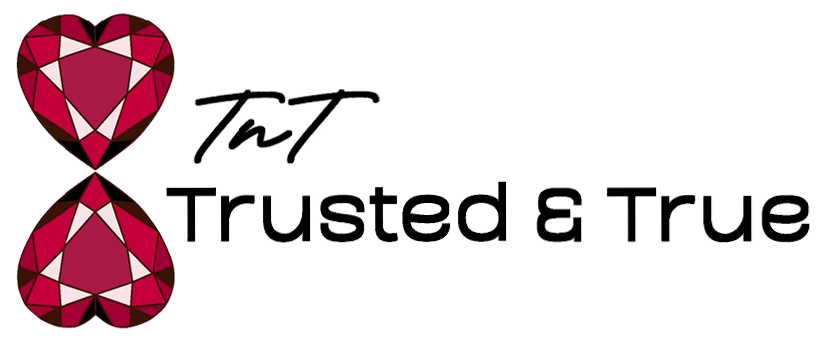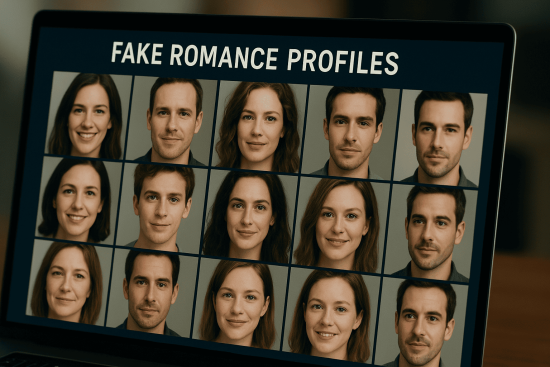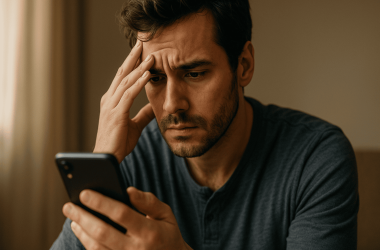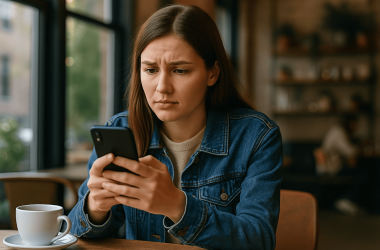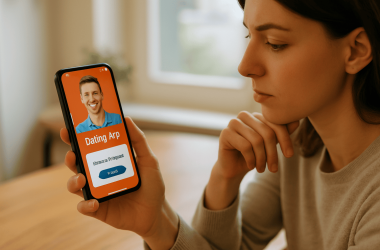It starts with a profile picture. A charming smile, a confident pose, a familiar warmth that seems genuine. You look at it and think, “Maybe this is the one.” But behind that photo could be a scammer someone who’s using stolen images to play with your trust and emotions.
Romance scammer photos have become one of the most effective tools for online manipulation. They are not just pictures; they are emotional bait designed to lure people into fake relationships and eventually into financial or emotional traps.
What Are Romance Scammer Photos?
Romance scammer photos are stolen or AI-generated pictures used by online fraudsters to create fake dating profiles. Scammers often steal these photos from social media accounts, modeling sites, or public databases. Some even use advanced AI tools to generate realistic faces that do not belong to any real person.
These photos are used to build believable online identities that appear genuine and trustworthy. Once a target begins to trust the fake persona, scammers use emotional manipulation to exploit them for money, gifts, or personal information.
In many cases, victims believe they’re talking to someone kind, attractive, and serious about love—but in reality, they’re communicating with a scammer hiding behind fake romance scammer photos.
Why Romance Scammer Photos Work So Well
Humans naturally connect through faces. We read emotions, build trust, and form attachments through visual cues. Scammers know this and use it against people.
Romance scammer photos often show people in military uniforms, medical scrubs, business attire, or travel settings symbols of trust, stability, and success. These images subconsciously trigger emotional attraction and credibility.
Some reasons these photos work so effectively include:
- Attractive, confident, or relatable images create instant trust.
- Fake professions (like doctors or soldiers) make scammers appear respectable.
- Repeated messages and emotional flattery reinforce connection.
- Victims lower their guard because they “feel” they know the person.
It’s not the technology that traps people it’s human emotion.

The Growing Threat of AI-Generated Romance Scammer Photos
Until a few years ago, most scammer photos were stolen from real people. But in 2025, the threat has evolved. AI now creates hyper-realistic images that look entirely authentic.
These AI-generated faces are nearly impossible to detect by the human eye. They don’t belong to any real person, which means reverse image searches often fail. This makes identifying fake profiles much harder.
Scammers can now generate hundreds of fake dating profiles, each using unique AI-created photos, names, and backgrounds. They can even use AI to create short videos or deepfake clips—making the scam feel even more believable.
This new wave of digital deception has made romance scammer photos one of the most dangerous forms of online fraud.
Common Red Flags of Romance Scammer Photos
Even though these photos look convincing, there are often small clues that reveal they’re fake. Here are some signs that can help you identify romance scammer photos:
- The photo looks too perfect or professional for a dating profile.
- The background seems digitally blurred or artificial.
- Reverse image searches return results from multiple unrelated profiles.
- The person avoids video calls or claims their camera is “broken.”
- Profile details like location, job, or age keep changing.
- The same photo appears on other platforms under different names.
Remember: scammers often use photos of real people who have no idea their image is being misused.
How Romance Scammer Photos Trap Victims Emotionally
Romance scammers don’t rush. They take time to build emotional bonds. They message daily, listen carefully, and mirror your feelings. Over time, they create an illusion of genuine intimacy.
Then comes the manipulation. They might claim to be overseas, in the military, or working on a project that prevents them from meeting in person. Soon, a crisis arises they need help with travel costs, medical bills, or customs fees.
By this stage, the victim’s trust and emotional investment are deep. Many people send money, share personal information, or even fall into blackmail schemes involving intimate photos or videos.
It’s not foolishness it’s emotional conditioning. Romance scammer photos build a bridge of trust that feels real until it’s too late.
Real-Life Pattern of a Romance Photo Scam
Most romance photo scams follow a clear pattern:
- The Introduction – You meet someone online with an attractive profile picture.
- The Bond – They start daily conversations, expressing love and attention.
- The Excuse – They avoid meeting, blaming work or travel restrictions.
- The Crisis – They suddenly face an emergency and ask for money or help.
- The Trap – Once money or sensitive data is sent, they vanish or continue extorting.
Knowing this pattern can help you recognize when affection turns into manipulation.

How to Verify Romance Scammer Photos
You can take several steps to verify whether a photo is real or fake before trusting someone online:
- Use reverse image search tools: Upload the photo to Google Images or TinEye to see where else it appears.
- Check social media consistency: Compare usernames, captions, and photo quality across platforms.
- Ask for a live video chat: Scammers often refuse or make excuses.
- Look for subtle editing flaws: AI photos may have distorted backgrounds or mismatched lighting.
- Search their name plus “scam” or “fraud”: Many victims share scam reports online.
If something feels wrong, it probably is. Trust your instincts.
How to Protect Yourself from Romance Scammer Photos
Staying safe in the digital dating world requires awareness and boundaries. Here’s how to protect yourself:
- Avoid sharing personal or financial information early on.
- Never send private photos or videos to people you haven’t met in person.
- Keep conversations within the app; scammers often push for messaging elsewhere.
- Verify identities using video calls or mutual social media checks.
- Report suspicious profiles to the dating platform immediately.
Online love can be real but only when built on honesty and trust.
What to Do If You’ve Been Targeted
If you suspect you’ve been tricked by a scammer using fake photos, don’t panic. Take action immediately:
- Stop all communication with the person.
- Save screenshots and chat records as evidence.
- Report the profile to the platform and to local authorities.
- Warn others by sharing your experience online.
- Seek emotional support from trusted friends or professionals.
Scammers rely on silence and shame. Speaking up helps others avoid becoming victims.
How Trusted and True Raises Awareness
Trusted and True is committed to educating people about the hidden dangers of online dating. Our mission is to expose tactics like romance scammer photos, helping users recognize deceit before it happens.
Every shared story and every piece of awareness helps make digital dating safer for everyone. The more people know how these scams operate, the harder it becomes for fraudsters to succeed.
Don’t Let Fake Faces Fool You
Romance scammer photos may look real, but behind them lies manipulation and deception. They’re designed to exploit your emotions, not nurture real connection.
In today’s world, trust must be earned through honesty, not pixels. Learn to question what feels too perfect, and protect your heart and your wallet from those who use love as a trap.
FAQs
How do scammers get romance scammer photos?
They steal them from social media profiles, modeling websites, or use AI to generate new ones that look realistic.
Can I identify romance scammer photos using Google?
Yes. Reverse image search can help you find where else a photo appears online, but AI-generated photos may not appear anywhere
What should I do if someone uses my photos in a scam?
Report it immediately to the platform, contact local authorities, and warn others by sharing information about the fake profile.
